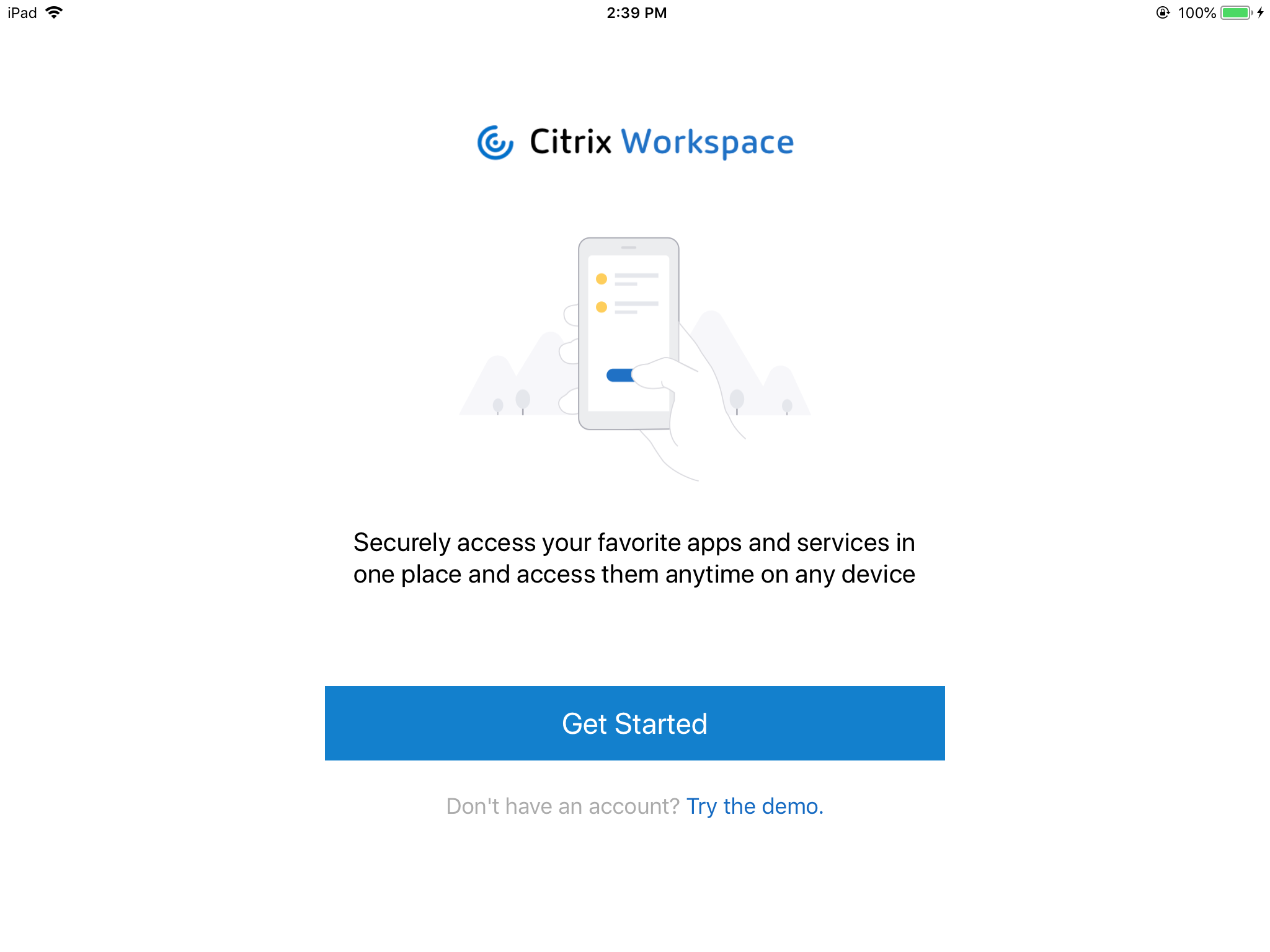- High performance access to Windows virtual apps and desktops, anywhere access from your desktop, start menu, Workspace app UI or web access with Chrome, Internet Explorer or Firefox. Citrix Workspace app can be used on domain and non-domain joined PCs, tablets, and thin clients.
- I do not find the Citrix Receiver plugin in the addons manager. I have installed the latest Citrix Receiver plugin from citrix.com, however Firefox does not recognize it. I can get logged in to our storefront server, but when I click to launch the XenApp desktop, FF opens a new tab and goes nowhere.
- Mar 23, 2021 If users choose to upgrade from Citrix Receiver to Citrix Workspace app, the only change will be the icon to open Citrix Workspace app. Government users Citrix Cloud Government users will continue to see their “purple” user interface when using the Workspace app or when accessing from a web browser.

Citrix Workspace For Firefox Chrome
Information
Workspace is accessible by any computer with a supported web browser and an Internet connection. In order to utilize all features and functions of Citrix Workspace, we recommend the following browser types.
Officially Supported Internet Browsers for Workspace
| Microsoft Edge | Latest Version |
| Internet Explorer | Version 11 or later |
| Mozilla Firefox | Latest Version |
| Google Chrome | Latest Version |
| Apple Safari | Latest Version |
FAQ
I don't see my browser on this list... do you support it?
Workspace may operate on 3rd party browsers not listed above, but Workspace cannot guarantee that all features will work as expected. Workspace recommends using an officially supported browser. All supported browsers are available for download for free on their respective websites.Do you support AOL browsers?
Workspace should function properly with AOL browsers if that version of AOL is built upon a supported version of Internet Explorer. Workspace cannot guarantee that all features will work as expected. Workspace recommends using an officially supported browser. All supported browsers are available for download for free on their respective websites.
There is a possible workaround for Mozilla Firefox browser.
Note: This workaround has security implications; consult the security specialist of your organization to consider the following configuration.
Enforce secure communications between Workspace App for HTML5 and applications or desktops (for example, using IPSec).
Use Mozilla Firefox only for Citrix Receiver for HTML5 (not for general website use).
Enforce a secure configuration for Firefox.
Enable the Firefox network.websocket.allowInsecureFromHTTPS option.

 If the preceding configuration is consistent with the security policy of your organization, an administrator can enable launching applications or desktop using the following steps:
If the preceding configuration is consistent with the security policy of your organization, an administrator can enable launching applications or desktop using the following steps: Open a new tab in the Firefox browser.
Type about:config in the address bar.
Double-click network.websocket.allowInsecureFromHTTPS and set the value to true.
Note: This Firefox option might not be supported in Citrix Receiver for HTML5 future versions.
WARNING! This option on Firefox affects the operation of entire Firefox, not just Citrix Receiver for HTML5.
Important Note
As of version 9, Safari browser allows insecure web socket connections. Internet Explorer never allowed non SSL/TLS web socket connections from HTTPS websites. Chrome used to allow it behind a flag, but after the Chrome 44 update, this is no longer supported. Firefox allows it behind a flag (as explained earlier in this article), but it is not recommended. Going forward, only secure (SSL/TLS) web socket connections can be made from Receiver for HTML5.
Problem Cause
When Workspace App for HTML5 is hosted on a https site (default and recommended), non SSL/TLS websocket connections are prohibited by browsers.
In explaining the technical reason behind this it is important to understand the following two principles:
1. As opposed to existing as a separate process, Citrix Workspace App for HTML5 operates within the frame and process space of the browser itself. As such the browser has the ability to enforce certain security parameters.
This second point is less obvious in the case of Citrix Workspace App for HTML5 because the published desktop or application displays within the browser frame and “appears” to be connected via the Storefront server. Despite this appearance though, the underlying TCP/UDP connection is still between the client and the VDA. If the Storefront base URL is SSL enabled (where it begins with https as is best practice) and the VDA is not SSL enabled (which it is not by default) the browser in this case will prevent the connection due to what it sees as an underlying inconsistency. The inconsistency is that while the URL shown in the browser frame is prefixed with https, the actual underlying connection is not https even though it is not obvious to the user.
There are two solutions for this.
Solution 1 is to enable SSL on the VDA using the following guide:
This will ensure that the connection path is SSL enabled between the internal client and the VDA.
Solution 2 is to have your connections from the clients first go through a Citrix Gateway. Citrix Gateway will proxy the connections and perform a SSL handshake between the client and the Citrix Gateway. In this scenario there is no inconsistency and connections via HTML5 Receiver will succeed.
Additional Resources
